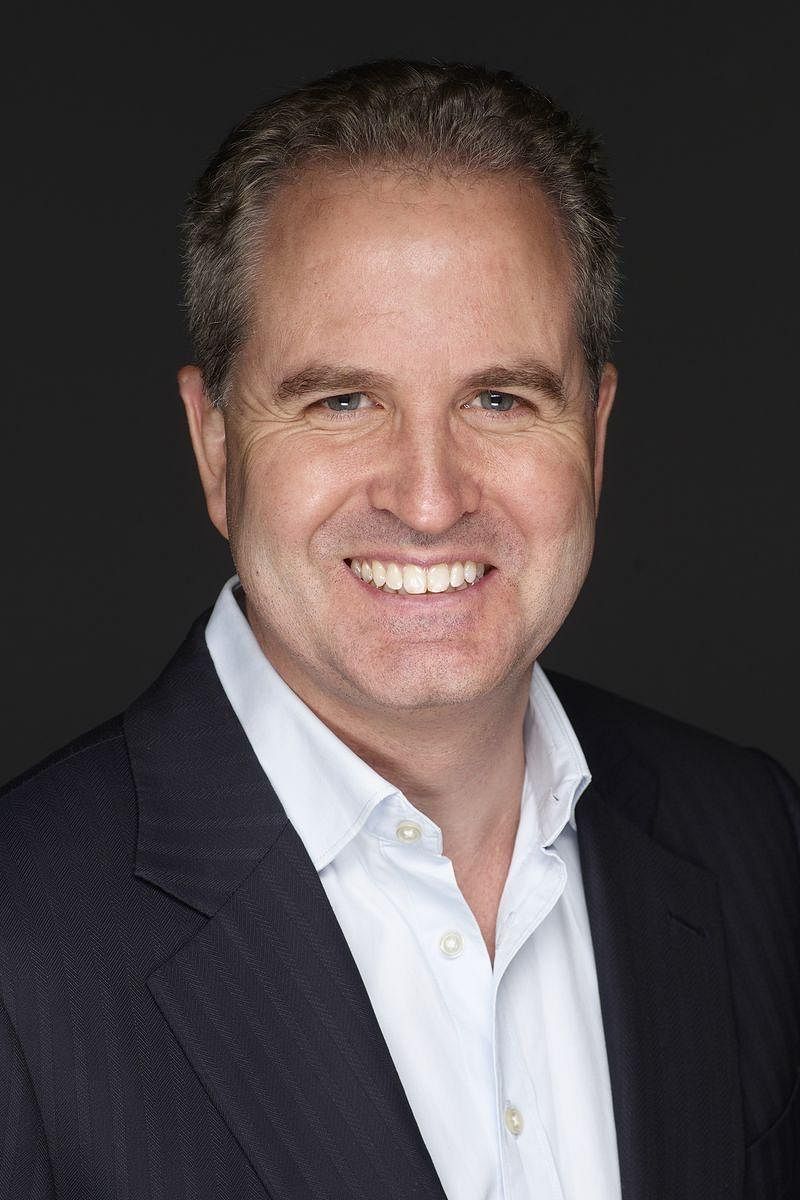
Jonathan Baillie is the executive vice president and chief scientist at National Geographic. His passion for conservation and biodiversity began with his fascination for Jane Goodall. His first contribution to conservation was the two dollars that he gave to the scientist as a young boy when he went for a talk by her. So fascinated was he by her work, that he climbed on to the stage at the end and gave her the money for her research. This same passion remains today. He spoke to Metrolife about climate change deniers and new trends in science communication.
Does it take a toll on you, as a conservationist, to see all the bad news about the environment?
I think to work in conservation and to survive, you have to be sort of an eternal optimist. It does get frustrating because you have all the facts and you understand where things are going and you wish people would move more quickly.
On the encouraging side, people are starting to respond, particularly the next generation. There are also some interesting advances in technology that may allow us to live in a more circular economy as well.
Speaking of young people, how do you think schools play a role in terms of conservation?
The youth are spending more and more time on their screens and their devices, and less time outside. So we’re becoming disconnected. Therefore, it’s so important for schools to help people connect with nature, and to get them outdoors in relation to the curriculum. It’s proven that we suffer in terms of our mental and physical health if we don’t surround ourselves with nature. We’re trying to help people understand that this ‘nature dosage’ is essential for being human.
What do you say to people who deny science and refuse to acknowledge things like climate change?
I think everybody’s entitled to their own views. They can make up any reason for it and refuse as long as they like, but we are starting to see the realities.
The important thing is that in the scientific world we’re as accurate as possible and demonstrate the reality. I also think that the conservation world has to be better at communicating; we can’t just win the world over with graphs and figures.
This ivory tower element to science historically has been a great disadvantage. We need to get more people engaged and feel comfortable with science and it’s only then that they’re not going to be denying it.
Do you think it’s easier for developed countries to sort of move towards better policy, especially in terms of access to resources to be able to implement these policies?
I’m seeing a lot of leadership coming from the developing countries who want to see a new path for the future, and not necessarily the development path of other nations.
I think there are a lot of creative solutions coming from these nations and a lot of these solutions aren’t necessarily really expensive ones to implement.
National Geographic has done wonders for the way we see science, especially in terms of photographs. Going forward, what are the emerging ways of presenting information to bring science to the public consciousness?
A really interesting area going forward is the visualisation of data, specifically big data sets like satellite imagery. Using Artificial Intelligence to understand how the world is changing through time but then showing that in visually compelling ways is going to be extremely powerful. I think that will help us not only understand how the planet works and our impact on it, but also what we should do about it.